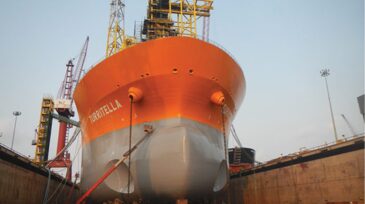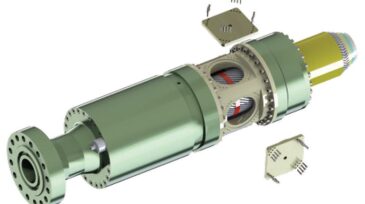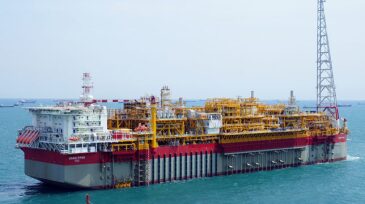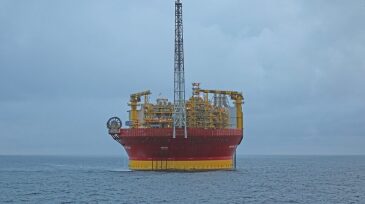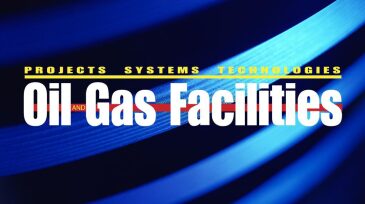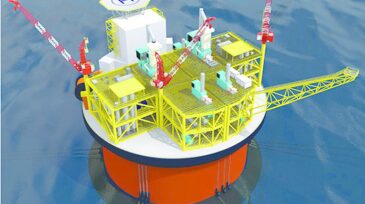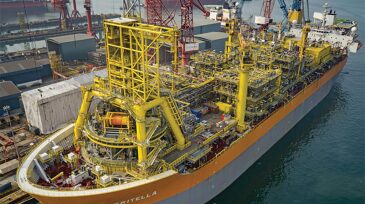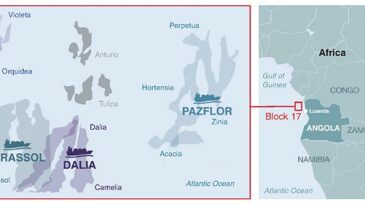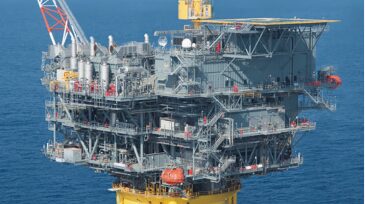Floating production systems
Project in US Gulf will add about 15,000 BOEPD to the deepwater Atlantis project at peak production.
Project financing raised by JP Morgan will enable YPF and its partners Eni and ADNOC’s XRG to launch Phase 2 of Argentina LNG, boosting production to 18 mtpa by 2030-2031.
First oil is expected from phase one of the project in 2028, with up to four more phases planned.
-
The Turritella FPSO (Fig. 1 above) is the deepest floating production system in the world and presented many challenges to successful execution of the surface host facilities.
-
The integrity management of flexible pipes used in subsea production plays a major role in maximizing the availability of the production systems while minimizing safety and environmental risks.
-
ABS granted Approval in Principle to new designs for a floating production storage and offloading hull, a self-elevating unit for a mobile offshore drilling unit, and a tension-leg platform.
-
The long-term decommissioning of the historic Brent field has necessitated redevelopment of the younger Penguins field in the North Sea, where the UK hopes to see more revival projects in the coming years.
-
Applying sufficient passive fire protection (PFP) on topside structural-steel members is critical. Simplified and conservative approaches are available to estimate the extent and amount of PFP necessary.
-
This paper describes a split-process FLNG design where primary production and gas-treatment functions are provided on a host platform while liquefaction occurs on a separate vessel.
-
Despite major advancements in deepwater projects in the Gulf of Mexico, FPSO usage has yet to increase.
-
As it has since 1969, the world came to OTC to make critical decisions, share ideas, and develop business partnerships to meet global energy demands.
-
This paper describes the CLOV deepwater megaproject in Block 17 offshore Angola, which cost USD 8.4 billion to first oil.
-
Historically, the marine systems on a spar are relatively simple.




